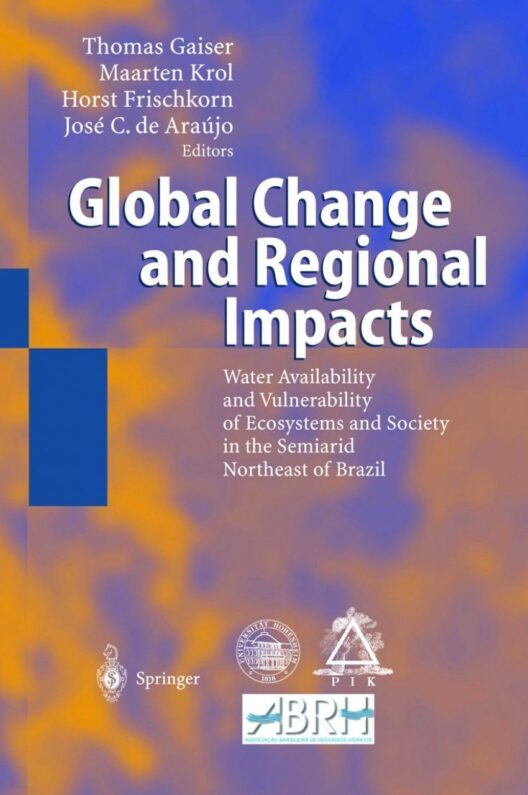The intricate web of life on Earth, comprised of diverse ecosystems, is increasingly strained by the manifestations of global warming. The consequences of this phenomenon are far-reaching, affecting not only the flora and fauna that inhabit our planet but also the delicate balance upon which survival hinges. Understanding how these ecosystems are being reshaped offers crucial insights into the impending biodiversity crisis.
At the outset, it is essential to acknowledge the myriad types of ecosystems present on Earth. From lush tropical rainforests, with their astonishing biodiversity, to arid deserts that exemplify extreme adaptations, these systems are intricate constructs of living organisms interlinked with their physical environment. Marine ecosystems are no less complex, hosting a vast array of species within coral reefs and open ocean biomes. Each ecosystem contributes uniquely to the planet’s biodiversity, acting as a repository of genetic information and a facilitator of ecological processes.
Global warming, primarily driven by anthropogenic greenhouse gas emissions, disrupts these ecosystems in profound ways. One prevalent consequence is the alteration of habitat conditions. For instance, rising temperatures can lead to phenological mismatches, where the timing of biological events such as flowering, migration, or breeding becomes misaligned with the seasonal cues that species have adapted to follow over millennia. This discordance threatens food chains, as organisms that rely on specific interactions for survival find themselves in precarious situations.
Coral reefs, often referred to as the “rainforests of the sea,” serve as a prime example of how global warming reshapes marine ecosystems. These vibrant structures are not only unimaginably diverse but also act as vital carbon sinks. However, ocean warming and acidification are leading to coral bleaching, a stress response that results in the loss of algal symbionts that corals rely on for nutrients. The ramifications extend beyond the reefs themselves, impacting countless marine species and the human communities that depend on fisheries and tourism associated with healthy reefs.
The impact of global warming is not confined to marine environments; terrestrial ecosystems are equally susceptible. Forests, which sequester a significant amount of carbon, face increased instances of disease and invasive species fueled by warmer temperatures. The phenomenon of shifting biomes is becoming evident, with forests encroaching upon tundra in polar regions and temperate forests moving poleward. Such changes prompt not only a shift in species composition but also influence local climate dynamics and hydrology.
Wetlands, crucial for biodiversity and water filtration, are also in jeopardy. These ecosystems are particularly sensitive to temperature changes and hydrological alterations. As water levels fluctuate, some species face extinction while others may invade previously inhospitable areas, leading to a loss of native biodiversity. The synergistic effects of rising temperatures, diminished water quality, and increased sedimentation are wreaking havoc on these vital ecosystems.
The intricate relationship between ecosystems and climate change underscores the concept of resilience. Each ecosystem possesses a certain degree of resilience, the ability to absorb disturbances while maintaining its fundamental structure and functions. However, as global warming accelerates, many ecosystems exceed their thresholds of resilience. Deforestation, habitat destruction, and urbanization exacerbate these stressors, pushing ecosystems further into crisis.
Within this context, biodiversity plays a crucial role in enhancing resilience. High levels of biodiversity can buffer ecosystems against the impacts of climate change. Species redundancy—where different species fulfill similar ecological roles—ensures that ecosystems continue to function despite the loss of individual species. Conversely, ecosystems stripped of their biodiversity become more vulnerable to external shocks, resulting in a cascade of negative consequences for all organismal interactions.
Furthermore, the loss of biodiversity threatens not only ecological stability but also societal welfare. Ecosystems provide a plethora of ecosystem services, including pollination, nutrient cycling, and disease regulation. The depletion of these services poses challenges for agriculture, water supply, and overall human health. For example, as pollinators decline due to habitat loss and climate stressors, crop yields are threatened, raising food security concerns on a global scale.
Addressing the crisis of biodiversity loss requires concerted global efforts. Effective climate policies must prioritize ecosystem restoration and conservation. Initiatives such as reforestation can bolster carbon stocks while reclaiming critical habitats. The establishment of protected areas is vital to safeguard remaining biodiversity hotspots, allowing ecosystems to recuperate and adapt to changing conditions.
Additionally, engaging local communities in conservation practices fosters stewardship and indigenous knowledge, which are invaluable for sustainable management strategies. Education and awareness initiatives can galvanize public support for biodiversity efforts, highlighting the intrinsic worth of ecosystems beyond their utilitarian value.
In conclusion, the implications of global warming upon ecosystems are profound and multifaceted. The interplay between climate change and biodiversity loss highlights the urgent need for action. It is imperative that we recognize the significance of these ecosystems not merely as resources to exploit but as the very foundation of life on Earth. The time to act is now, for the health of our planet—and our future—depends on it.








